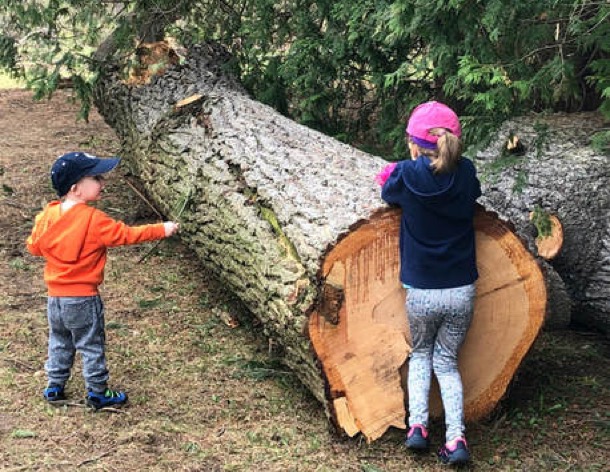
 Curiosity is Key by Megan Cosgrove.
Curiosity is Key by Megan Cosgrove.
Back to school seems to be on everyone’s mind. My favourite part of this time of year is that the questions I get from my daughter after school return. Last June, my favourite was a follow-up to a lesson on how dinosaurs went extinct. She sat in the back of the car driving home, telling me all about the classroom lesson. Her five-year-old self was silent for a few minutes, and then she asked, “Mom, if dinosaurs went extinct, when will humans go extinct?”
Curiosity in a five-year old seems limitless. Their brain thinks through all the possibilities instead of filtering them.
As adults, we process information differently, fitting it neatly into the boxes we have created through life’s lessons. Those frames, filters, perspectives and perceptions can ultimately limit our curiosity.
When EDGE3 clients are looking to take their leadership to the next level, we often start first with curiosity. A shift to a more curious approach in a client’s people leadership often yields immediate positive results. A simple reframe of how you ask questions by starting with “What” or “How” instead of “Why” creates space for a more open and curious exploration of the topic with your team. “Why” questions put us on the defensive immediately. “What” and “How” questions enable us to explore a topic collaboratively.
In the September 11, 2015 Harvard Business Review article, “Why Curious People Are Destined for the C-Suite,” Warren Berge cites Ian Leslie’s book, Curious, where he shares that, “curiosity is actually ‘more of a state than a trait.’ We all have the potential to be curious, given the right conditions.” It is something we all need to intentionally focus on developing each day.
In celebration of Back to School this month, we challenge you to explore information like a five-year old, where there are no limits on what you could discover. Let’s see what we can make happen.
Curiosity is the key to discovery. How can you open up a little more this month?
